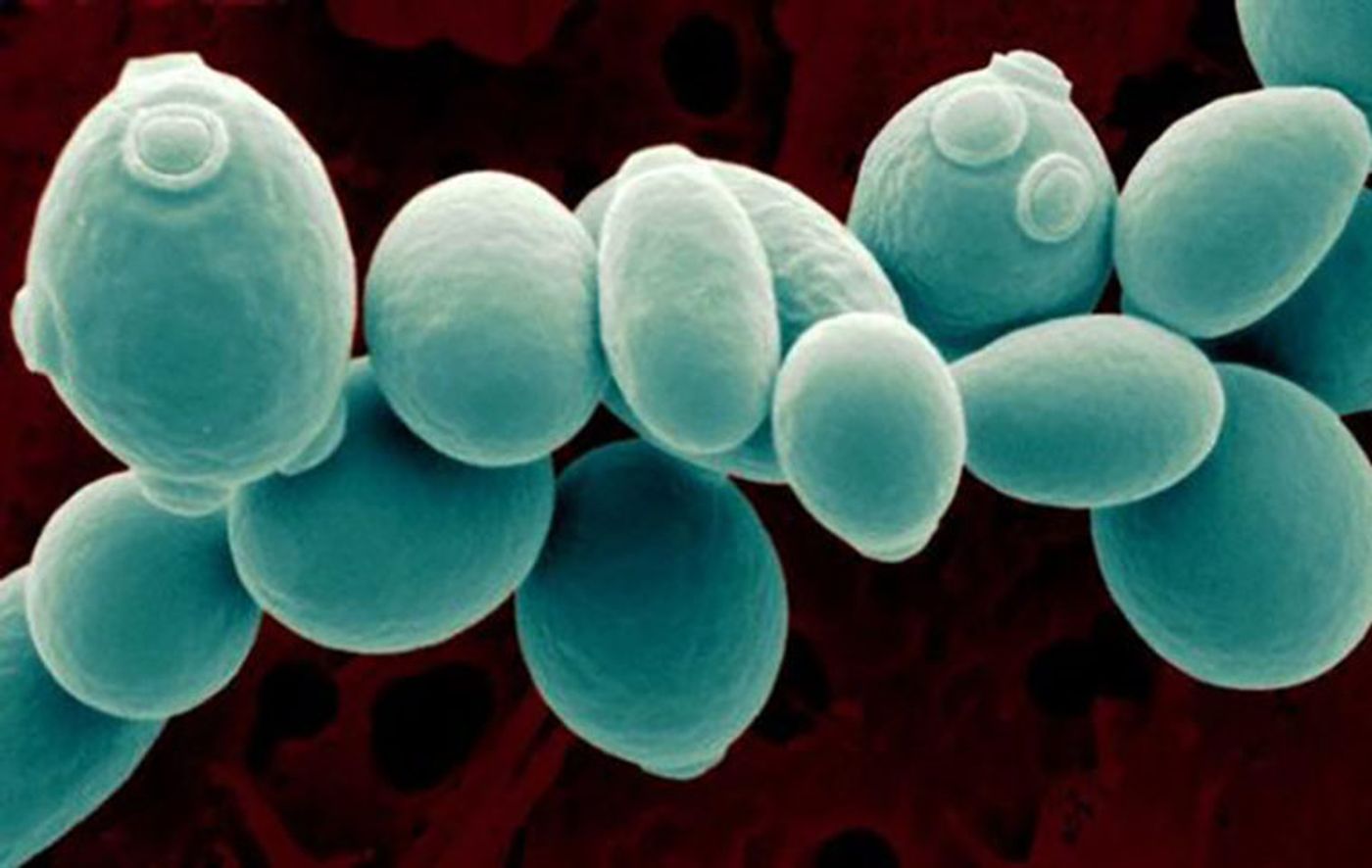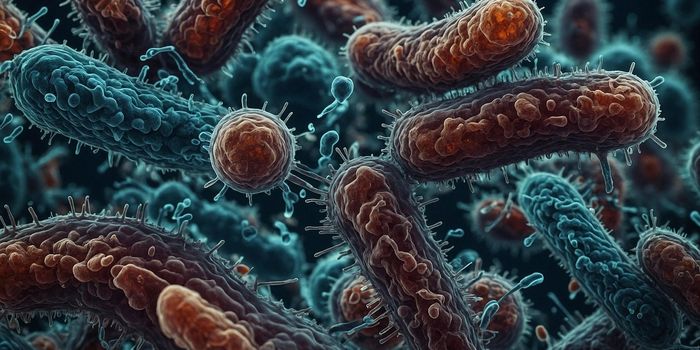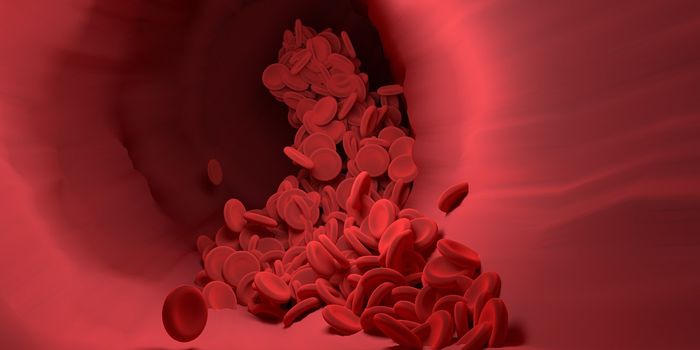Engineers and scientists have long been trying to use cells to manufacture molecules that humans need, like biofuel or medicine. Am algorithm created by a computer scientist aims to improve on that technology, and it could aid gene therapy, stem cell research and energy production.
The algorithm, developed by Michael Brent, the Henry Edwin Sever Professor of Engineering in the School of Engineering & Applied Science, is called NetSurgeon. It selects genes that need to be removed or silenced in the genome of a cell in order to coax it to perform a desired function, typically a normal thing the cell does but under atypical circumstances. Baker’s yeast cells, for example, will usually make a large amount of alcohol when fed a certain type of sugar –from edible corn kernels. When the NetSurgeon algorithm was applied in this case, the genetic alteration it recommended made the cells produce more alcohol when given a different kind of sugar from the inedible parts of corn plants.
The research was published in the Proceedings of the National Academy of Sciences.
"Yeast have been engineered to make alcohol out of xylose, a type of sugar found in the woody parts of plants, but they don't do it very well," explained Brent. "We think the problem is not that they can't do it, but that they don't want to. So we have to convince them by making them use the same set of genes they use when they're fed sugar from corn kernels. We sometimes think about this as causing the yeast to 'hallucinate' that they are in a sugar they like to turn into alcohol.”
"Ultimately, what we want to impact is the behavior of the cells and the ways they respond to things," Brent continued. "One of the ways they respond is by changing the mix of cellular parts they are making. We're trying to engineer the cells to change the mix of parts to do something associated with desirable behaviors, like becoming a liver cell or producing a biofuel. We call this 'transcriptome engineering,' because it changes the control circuits in order to change the production of many parts at once, rather than focusing on one part at a time."
The transcriptome is the genes that are being expressed in a cell or organism; it is the total messenger RNA that is present in a cell. Brent and his research team study transcriptional regulatory networks – the mechanism of control over gene activity in a cell, and how that activity changes based on environmental conditions. Transcription factors, which function to turn genes on and off, are very important parts of these cellular networks. NetSurgeon proposes which transcription factors to remove based on the desired result for the cell. "If you have a stem cell and want it to be a liver cell, you want to cause it to turn its genes up and down to match the levels found in a liver cell," Brent said.
Although his research focuses on the response of yeast to excess sugar, Brent noted that this is a broadly applicable technique that could be applied to any organism. "Many of the same circuits exist in human cells and are even drug targets," Brent concluded.
He has made it available as open source software at
mblab.wustl.edu.
Source:
Phys.org via
Washington University in St. Louis,
PNAS









